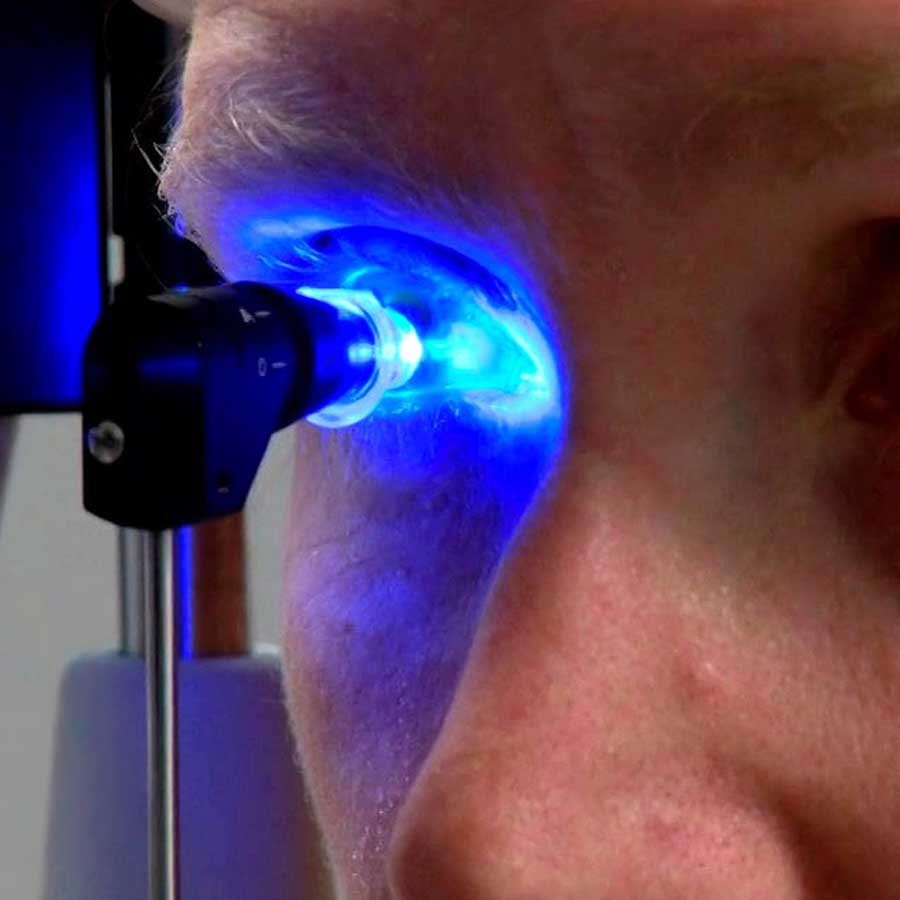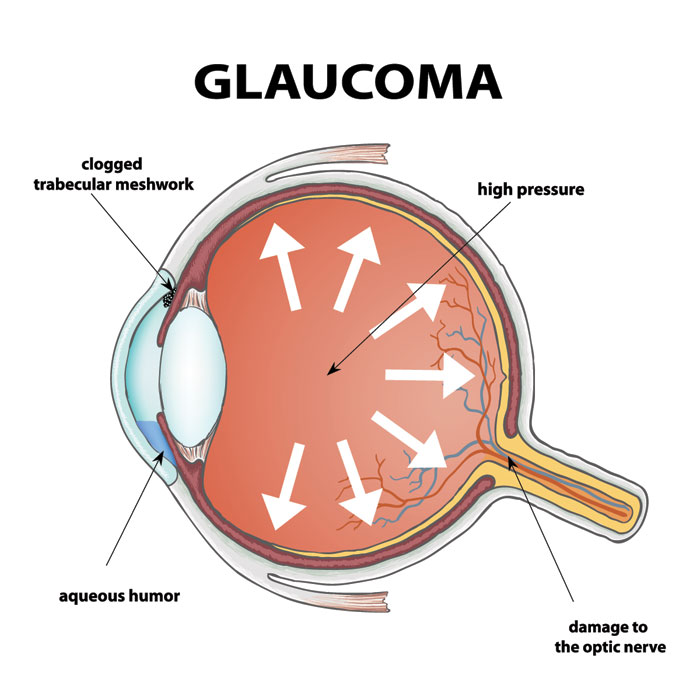Understanding Glaucoma Testing: A Comprehensive Guide on What to Expect
Introduction
Regular eye checkups are essential to maintain good eye health and detect potential issues early. Glaucoma is one of the leading causes of vision loss worldwide, and early detection through proper testing plays a vital role in managing this condition effectively.
This guide provides an in-depth look at what happens during a glaucoma test, why it’s important, the types of tests involved, and what to expect before and after the procedure.
Importance of Glaucoma Testing
Glaucoma often develops without noticeable symptoms in its early stages, making it a silent threat to vision. If left untreated, it can lead to permanent vision loss. Regular testing allows for early diagnosis and timely treatment, reducing the risk of severe complications.
The Glaucoma Test: Overview
A glaucoma test is a painless and non-invasive examination designed to assess your eye health. It evaluates several factors, including intraocular pressure, optic nerve condition, and visual field performance. Depending on your risk factors and symptoms, multiple procedures may be recommended.
What to Expect During a Glaucoma Test
Glaucoma testing typically involves several steps. Each test provides valuable information that helps eye specialists determine whether you have glaucoma or are at risk.
Types of Glaucoma Tests
1. Tonometry Test
-
Measures the pressure inside your eye (intraocular pressure).
-
Usually requires numbing eye drops and a small probe for accurate measurement.
2. Ophthalmoscopy
-
Examines the optic nerve for early signs of damage.
-
May involve dilating eye drops to provide a better view of the optic nerve.
3. Perimetry
-
Checks your visual field to detect blind spots.
-
Requires focusing on a screen while lights flash in different areas.
4. Gonioscopy
-
Evaluates the drainage angle of the eye to see if it’s open or blocked.
-
A special lens is gently placed on the eye for this assessment.
5. Pachymetry
-
Measures corneal thickness.
-
Involves a small probe gently touching the surface of your eye.
Know the estimated cost of glaucoma eye surgery through this guide:
https://glaucoma.ph/glaucoma-treatment-cost-philippines-2025/
Preparing for a Glaucoma Test
Before the test, inform your doctor about your medical history and any medications you are taking. Certain medications may influence test results, so your doctor might advise adjustments. Always follow the given instructions for accurate results.
After the Test: Results and Next Steps
Once the tests are complete, your eye doctor will analyze the results to determine if you have glaucoma or are at risk. If diagnosed, treatment options may include:
-
Prescription eye drops
-
Oral medication
-
Laser procedures
-
Surgery to lower eye pressure
The goal is to reduce intraocular pressure and protect the optic nerve from further damage.
Conclusion
Regular eye examinations, including glaucoma testing, are essential for preserving vision and preventing irreversible damage. Understanding what to expect during the process helps you feel prepared and confident about your eye health journey.
Schedule your glaucoma test today and take a proactive step toward maintaining clear vision for years to come.
Frequently Asked Questions
Q: How long does a glaucoma test take?
A: A full glaucoma examination usually lasts about an hour.
Q: What treatments are available for glaucoma?
A: Treatment options include eye drops, medications, laser therapy, or surgery depending on the severity.
Q: Can glaucoma be cured?
A: There is no cure yet, but early detection and proper treatment can slow progression and prevent vision loss.
Q: Is the glaucoma test painful?
A: No, glaucoma tests are generally painless and non-invasive, though you might feel slight temporary discomfort.




